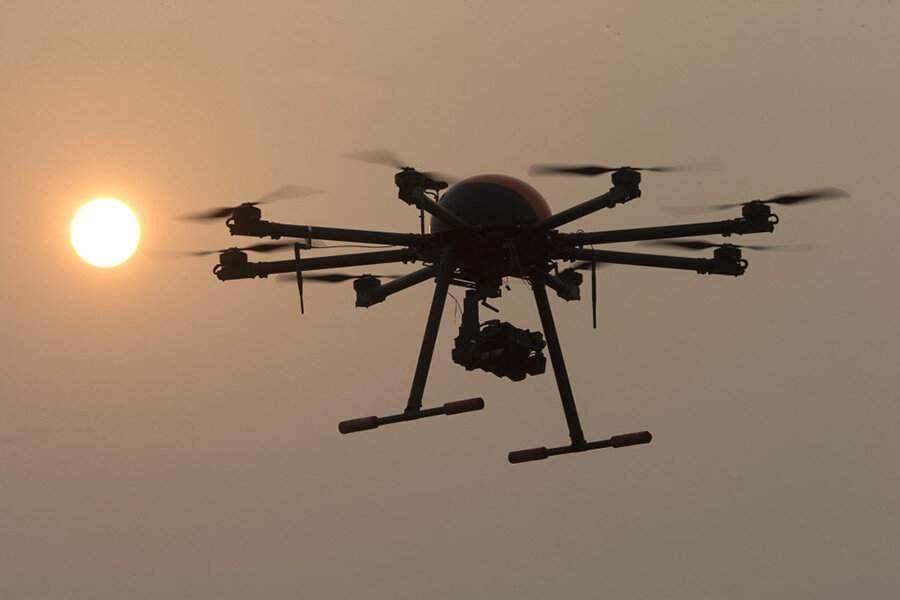Why Finland wants to use drones to monitor migrants along Russian border
Loading...
| Helsinki
As an increasing number of migrants crosses the northern border of the European Union's Schengen passport-free travel zone, which separates Finland from Russia, a Finnish official said on Monday that the country plans to test drones along its border.
Major Jussi Napola of the Finnish border guard declined to say why Helsinki wanted to run the tests along the 833-mile (1,340 km) border, where migrant movements have grown to become an issue at high-level bilateral meetings.
Finland last month criticized its eastern neighbor and former ruler for allowing increasing numbers of asylum seekers from the Middle East and Africa across their Arctic border.
Following ministerial meetings, the countries agreed to step up cooperation on the border.
The European Union is already using drones to help monitor the flow of migrants and refugees over the Mediterranean and Mr. Napola said the border guard has worked with the EU border agency Frontex in reviewing different drone options.
Frontex, which is based in Warsaw, first began considering the use of drones as a means to monitor migration across European borders in 2010, quietly announcing an effort to test the drones on its website.
The border agency has been dogged for years by questions about whether it is forcibly returning migrants to their countries of origin and a debate over whether the agency is militarizing border control operations through the use of technology like drones.
International human rights groups have launched a campaign called Frontexit that calls for more transparency about the agency and the abolition of practices that may violate migrants’ human rights.
According to the Finnish border guard, about 500 asylum seekers have come from Russia to Finland this year, compared with about 700 in the whole of 2015.
"The plan is to test the remote piloted aerial system in operational use at the Russian border and the coastal areas. We want to see if the technology suits our needs and if it is suitable for Finnish conditions," Napola told Reuters.
"The development of the technology has turned this into a viable, and possibly cost effective option for us. Our target now is to get more experience of their operational capabilities," he said.
Material from Reuters was used in this article.







